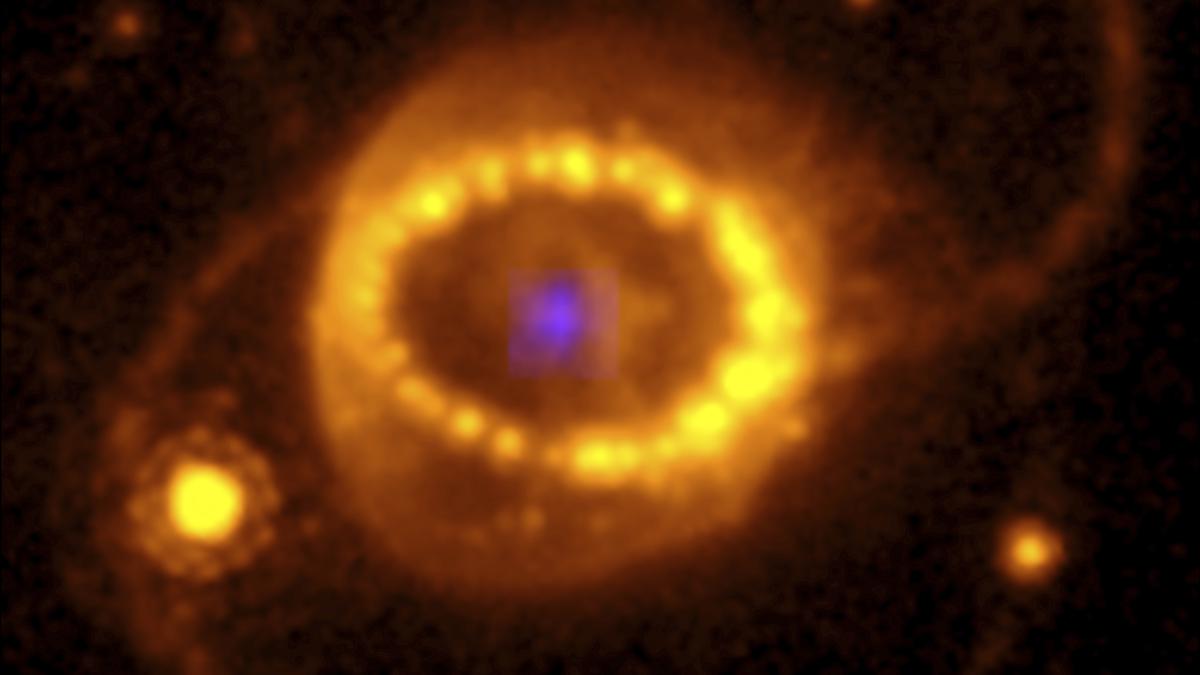
What ended the ‘dark ages’ in the early universe? Webb telescope finds clue Premium
The Hindu
Scientists used a gigantic cluster of galaxies as a magnifying glass to gaze at faint relics of this time – and discovered that stars in small, faint dwarf galaxies were likely responsible for this cosmic-scale transformation.
About 400,000 years after the Big Bang, the cosmos was a very dark place. The glow of the universe’s explosive birth had cooled, and space was filled with dense gas – mostly hydrogen – with no sources of light.
Slowly, over hundreds of millions of years, the gas was drawn into clumps by gravity, and eventually the clumps grew big enough to ignite. These were the first stars.
At first their light didn’t travel far, as much of it was absorbed by a fog of hydrogen gas. However, as more and more stars formed, they produced enough light to burn away the fog by “reionising” the gas – creating the transparent universe dotted with brilliant points of light we see today.
But exactly which stars produced the light that ended the dark ages and triggered this so-called “epoch of reionisation”? In research published in Nature, we used a gigantic cluster of galaxies as a magnifying glass to gaze at faint relics of this time – and discovered that stars in small, faint dwarf galaxies were likely responsible for this cosmic-scale transformation.
Most astronomers already agreed that galaxies were the main force in reionising the universe, but it wasn’t clear how they did it. We know that stars in galaxies should make a lot of ionising photons, but these photons need to escape the dust and gas inside their own galaxy to ionise hydrogen out in the space between galaxies.
It hasn’t been clear what kind of galaxies would be able to produce and emit enough photons to get the job done. (And indeed, there are those who think more exotic objects like big black holes may have been responsible.)
There are two camps among adherents of the galaxy theory.

After a long, tiring day all we want is to jump right on our cosy beds and rest comfortably on our soft, fluffy pillows, right? Pillows are not quite appreciated as much as electric cars or air-fryers, for instance. Pillows are a wonderful man-made creation that has improved the lives and sleep of people across the globe. Did you know ages ago people used to rest their heads on a HARD ROCK? So how did humans go from sleeping on stones to cosy, fluffy and soft pillows today? Let’s get into the origin of your everyday pillows!










